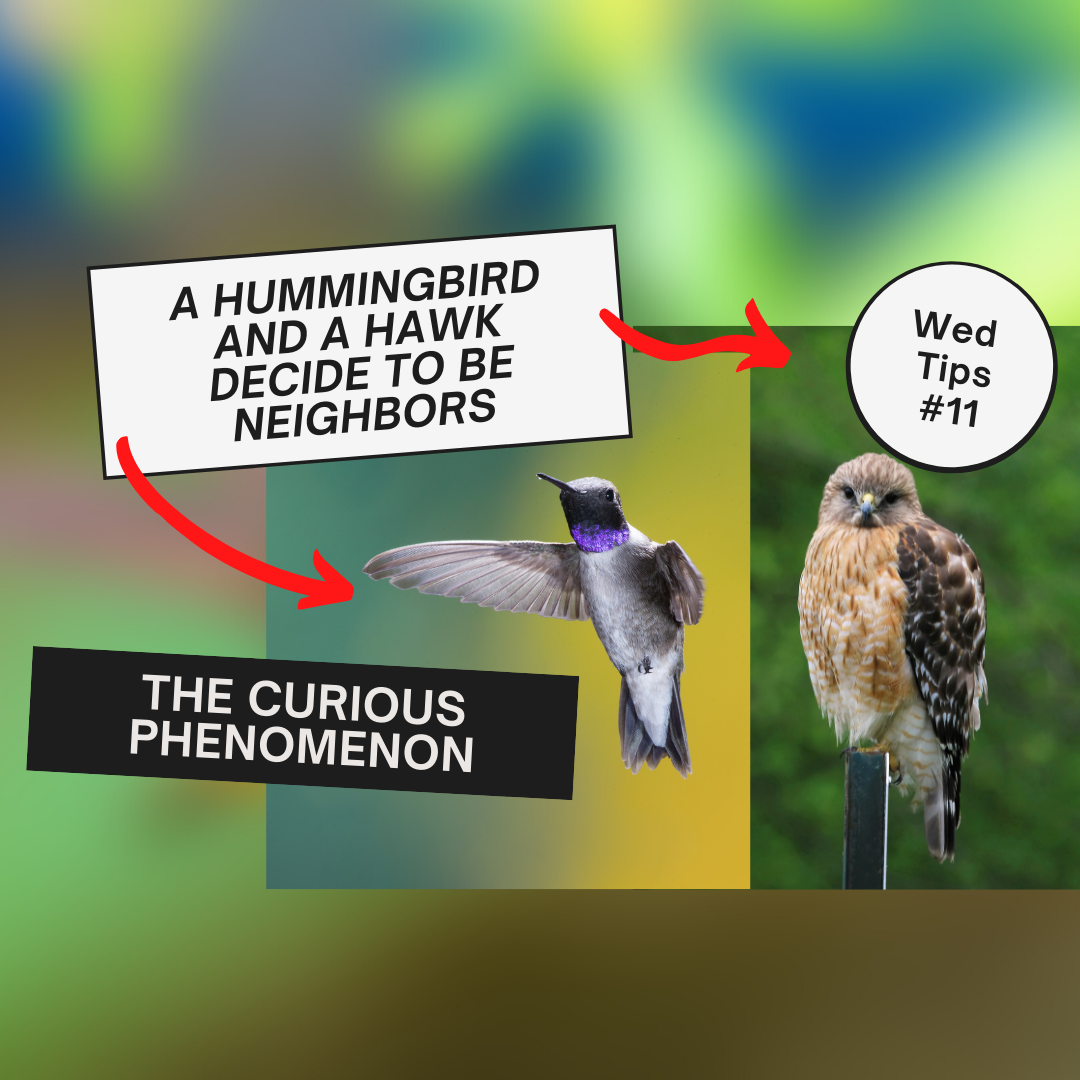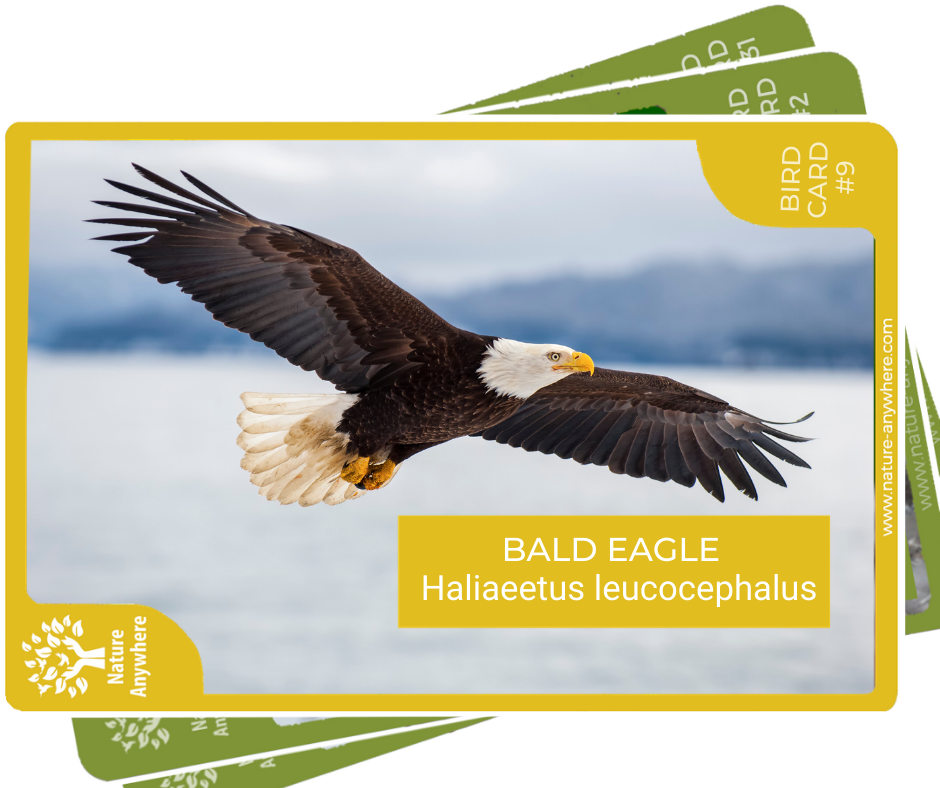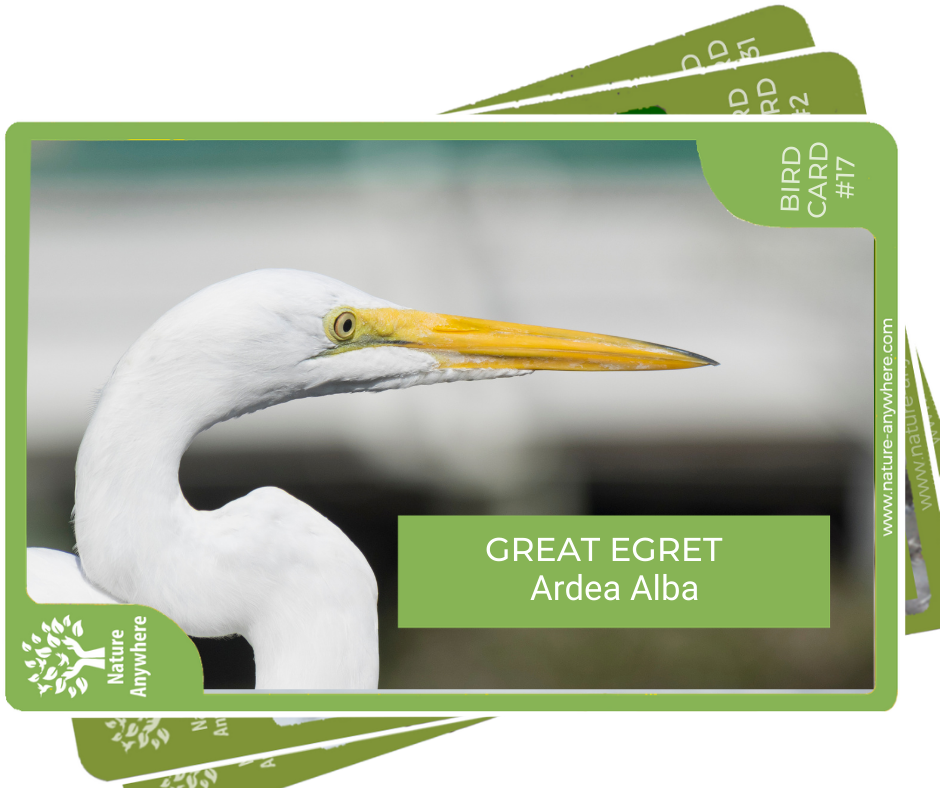
In the United States, many types of predators threaten the safety of hummingbird nests and their vulnerable eggs.
But small as they are, hummingbirds have evolved interesting ways to keep their babies safe.
One way they protect their coffee-bean size eggs and tiny hatchlings, is by building extremely small and sophisticated nests that are well camouflaged from predators such as cats, their number one enemy, lizards, bats, omnivorous songbirds (corvids, like Jays) and in tropical climes - snakes.
But another no less interesting phenomenon popped up in the mountains of Arizona and was discovered by Harold Greeney, a biologist and the Founder and Director of the Yanayacu Biological Station Cosanga in Ecuador. He and his colleagues first published this finding in The Wilson Journal of Ornithology in 2009.
Greeney and his colleagues disappeared for a year into the Chiricahua mountains of south-east Arizona, to do studies of their own. There Greeney discovered the following quite by chance: he noticed many clusters of black-chinned hummingbird (Archilochus alexandri) nests situated too close for comfort to some of the biggest and scariest predators’ nests: Goshawks and Coopers. (Accipiter gentilis and Accipiter cooperii).

On finding this strange co-existence of prey and predator living side by side, he decided to investigate. He found many of these hawk and hummingbird nests near each other - the hawks with their nests high up on the tree branches and the hummingbirds on branches below. He and his team started mapping their positions, then tracked the movements of the hummingbirds’ mortal enemy, the Mexican jay (Amphelocoma wollweberi) which is about 40 times their size, and whose favorite food is hummingbird eggs.
Keep your friends close, but your enemies closer.
When hawks hunt, they swoop downward to get their talons on their prey like jays. As a result, jays know they need to stay out of the down-swooping zone, a conical area spreading 330 feet out and down from the hawk nest. That downward area became a prime real-estate location, taken up by the hummingbirds.
For the hawks, a hummingbird is like a tiny snack. When you’re famished - you won’t eat a raisin. You’ll go for a bigger meal.
“The jays are food for the hawks, and the hummingbird eggs are just too small and take too long for a predator like a hawk to find,” says Greeney.
So in this arrangement, the hawks won’t usually touch the hummingbirds, and the jays will stay clear of the hawks’ swooping zone - and feed only above the hawks’ zone, in much higher branches. The hawks indirectly become the hummingbirds’ watchdog. And the eggs and hatchlings get to live another day.

In his study, Greeney found that 80% of hummingbirds build their nests in the Chiricahua mountains near hawk nests. These nests had a daily survival rate of 31%. Those who built their nests elsewhere - had a survival rate of just 6%!
However, the hummingbirds can’t retire on their laurels just yet. Hawk nests can be raided by coatis and tree-climbing mammals such as racoons. Once a hawk realizes its nest has been raided, it abandons it, leaving the hummingbirds defenceless. The jays immediately take advantage of the fact that they are no longer in danger and now feel free to take the hummingbird’s eggs and chicks.
Greeney says this unique occurrence of a major predator providing a sanctuary for one of the smallest creatures is unprecedented in the aviary world.
The phenomenon of a complex ecosystem in which one species changes the behavior of another and benefits a third species is called a trait-mediated trophic cascade, and is similar to what happened in Yellowstone National Park when the introduction of wolves changed the behavior of elk, which may have benefited shrubs and trees that the elk fed on.
But Greeney doesn’t think the hummingbirds realize they have this spectacular protection. “They simply return to sites where they’ve previously had good breeding success, and this happens to be under the hawk nests,” he says.

I’d like to think that nature works in mysterious ways. Maybe the hummingbirds don’t know the hawks are the reason their babies survive - but maybe they sense something, that this creature, that can eat me alive at any given moment, is letting me build my nest and protect my young’uns.
What would the hawk and hummingbird say? I think they'd be ok with that.




1 comment
jerry s ewing
The Allen’s Hummingbird in the photo looks like the one outside my window. The chicks look to be the same age as mine. Suddenly, the babies are gone. The only bird I have seen online that could have eaten them is a Scrub Jay. He comes around just every so often except when I sometimes leave some sunflower seeds.
Any other suggestions?
Leave a comment
All comments are moderated before being published.
This site is protected by hCaptcha and the hCaptcha Privacy Policy and Terms of Service apply.